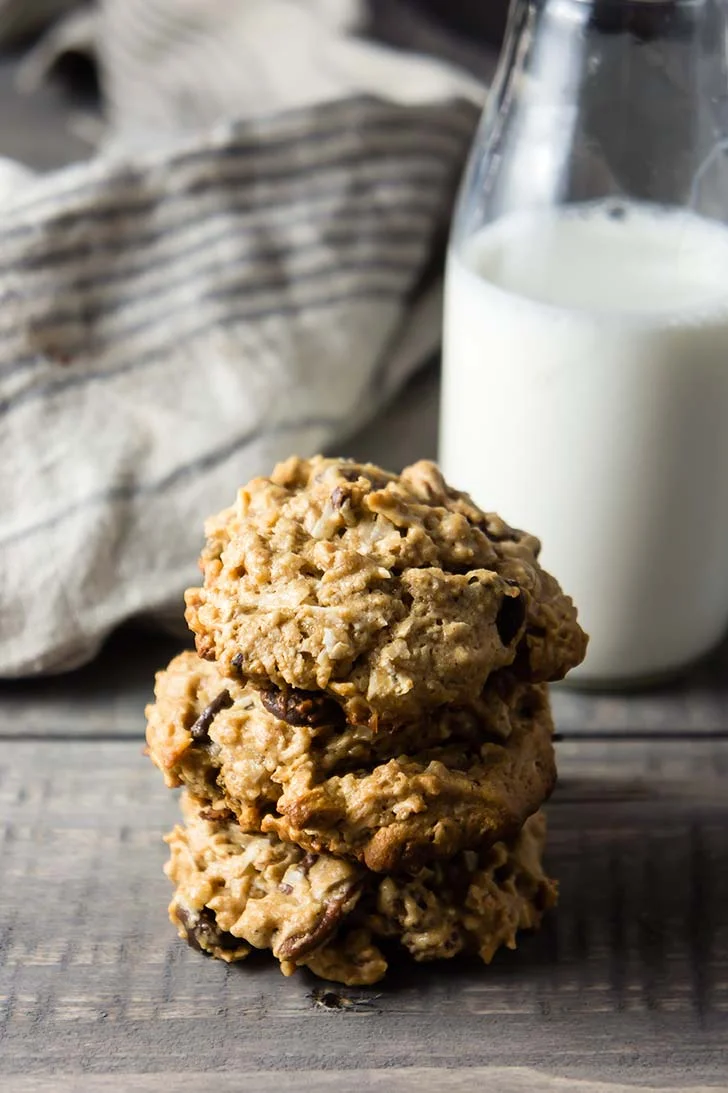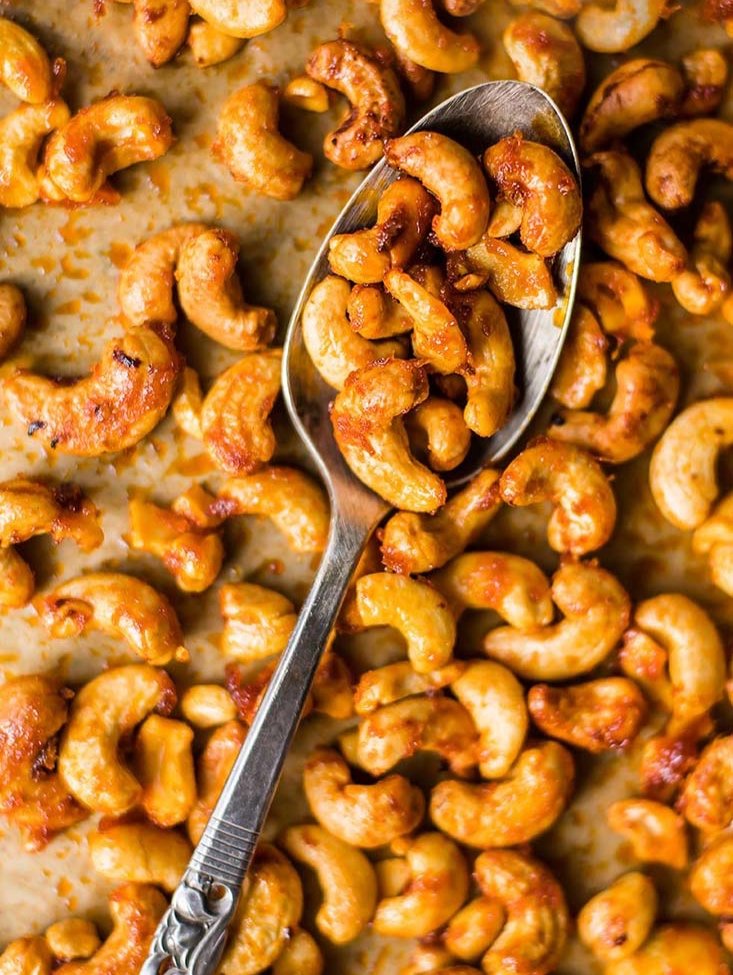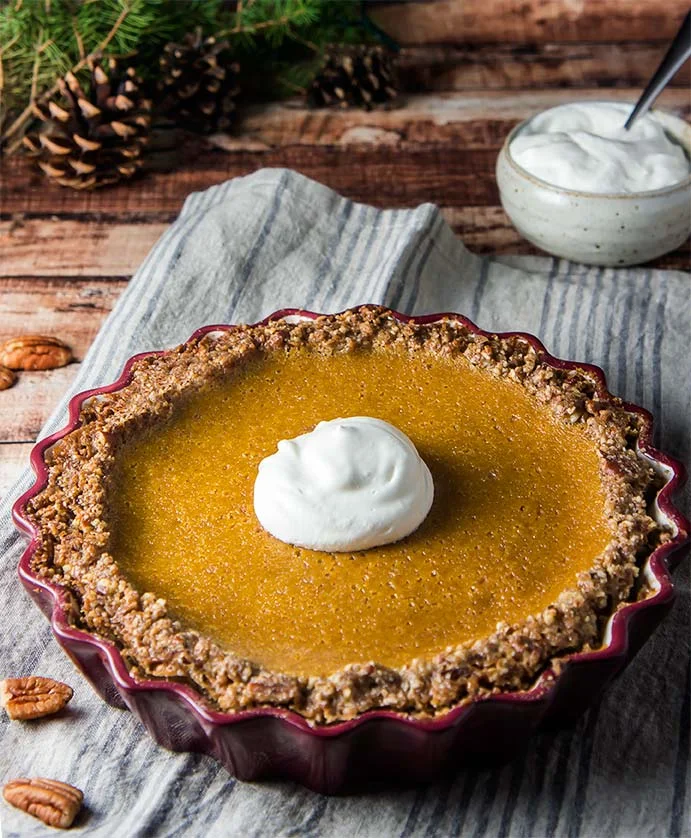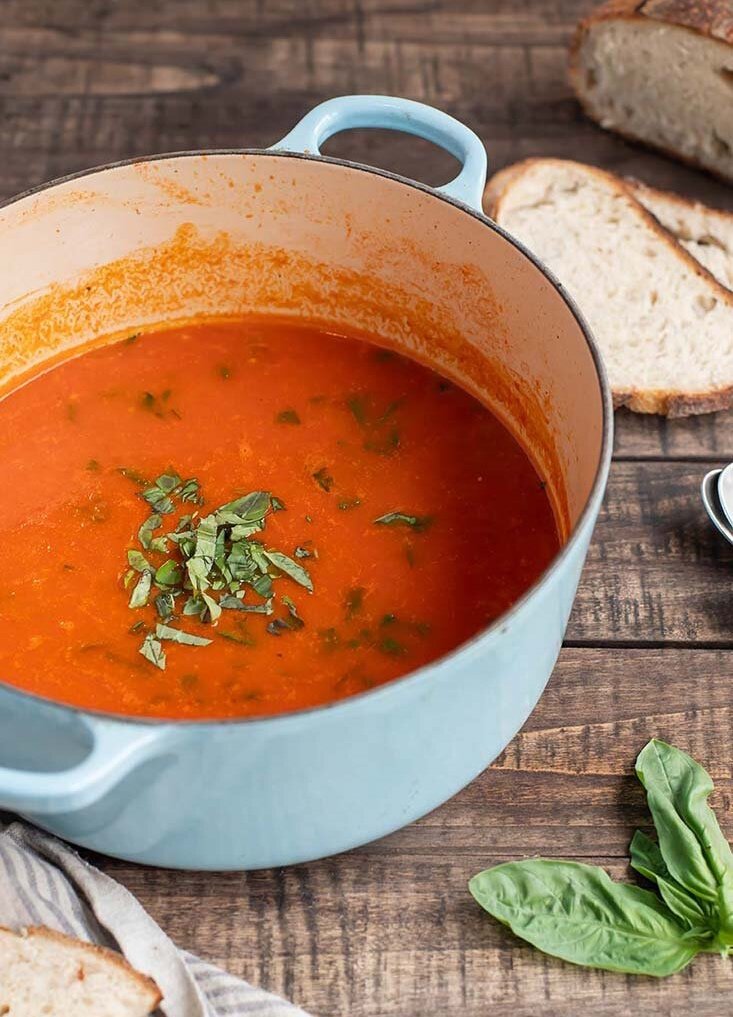Soft & Chewy Flourless Ginger Tahini Cookies
/In January, well after holiday season was over, a client sent a big box of Tate's Cookies to the office, where they filled the kitchen counter for half a week. It was the worst (but also the best) kind of way to kick off January. I had been wanted to make a gingery version of these tahini chocolate chip cookies for some time -- I even had made a batch over the holidays that didn't quite work out. Despite it being peak resolution season, that counter full of cookies was just the push I needed to dive back into recipe development.
The dream: a chewy, rich, flourless ginger cookie with chunks of crystallized ginger.
I knew that tahini would be the perfect base, but my first attempt used far too much molasses and the cookies were WAY too soft. I learned, on that attempt, that coconut sugar really imparts enough molasses-y flavor anyhow, as it's unrefined so still carries all of the minerals that are stripped from refined sugars when molasses is made.
Tips for making these chewy tahini ginger cookies:
STIR THAT TAHINI. This is in all caps because it's no joke. Tahini separates fast and if your tahini is all oil or all solids you're batter won't work. Last time I published a tahini cookie recipe someone asked about how to best stir tahini, which is a really good question because it's not the easiest to stir. But don't worry! Just scrape the entire jar into a blender, and let it rip. OR, carefully put your immersion blender into your tahini container (this is what I do, but also can foresee what a mess this might make in the wrong circumstances)
Let them cool. Really! I too like hot-out-of-the-oven cookies, but these cookies need a minute to set up. More like 5-10. They'll still be warm, and they'll stay soft for a week at room temperature. BUT, if you try to pick one up while it's still piping hot it will just collapse and melt in your hand (if you can even get it into your hand).
Now, the recipe!
Soft & Chewy Flourless Ginger Tahini Cookies
Yields: 16 | Active Time: 30 minutes
Ingredients:
Directions:
- Preheat oven to 350°F.
- In a medium sized mixing bowl, combine coconut sugar, baking soda, salt, ground ginger, ground cinnamon, and ground cloves. Whisk briefly.
- Add tahini, vanilla, egg, and fresh ginger to bowl, and use a spatula to stir until a stiff, sticky batter forms.
- Optional: place bowl of batter in the fridge for 10 minutes to allow dough to stiffen a bit more.
- Using your hands, roll dough into spheres by the heaping tablespoonful. Place spheres at least 2 inches apart of a baking sheet lined with parchment paper, and flatted slightly with your fingers.
- Bake for 10-12 minutes, until cookies have spread and are golden. Cookies will still be quite soft when you remove them from the oven. Allow them to cool at least 10 minutes before attempting to move them to a cooling wrack or a plate.


























